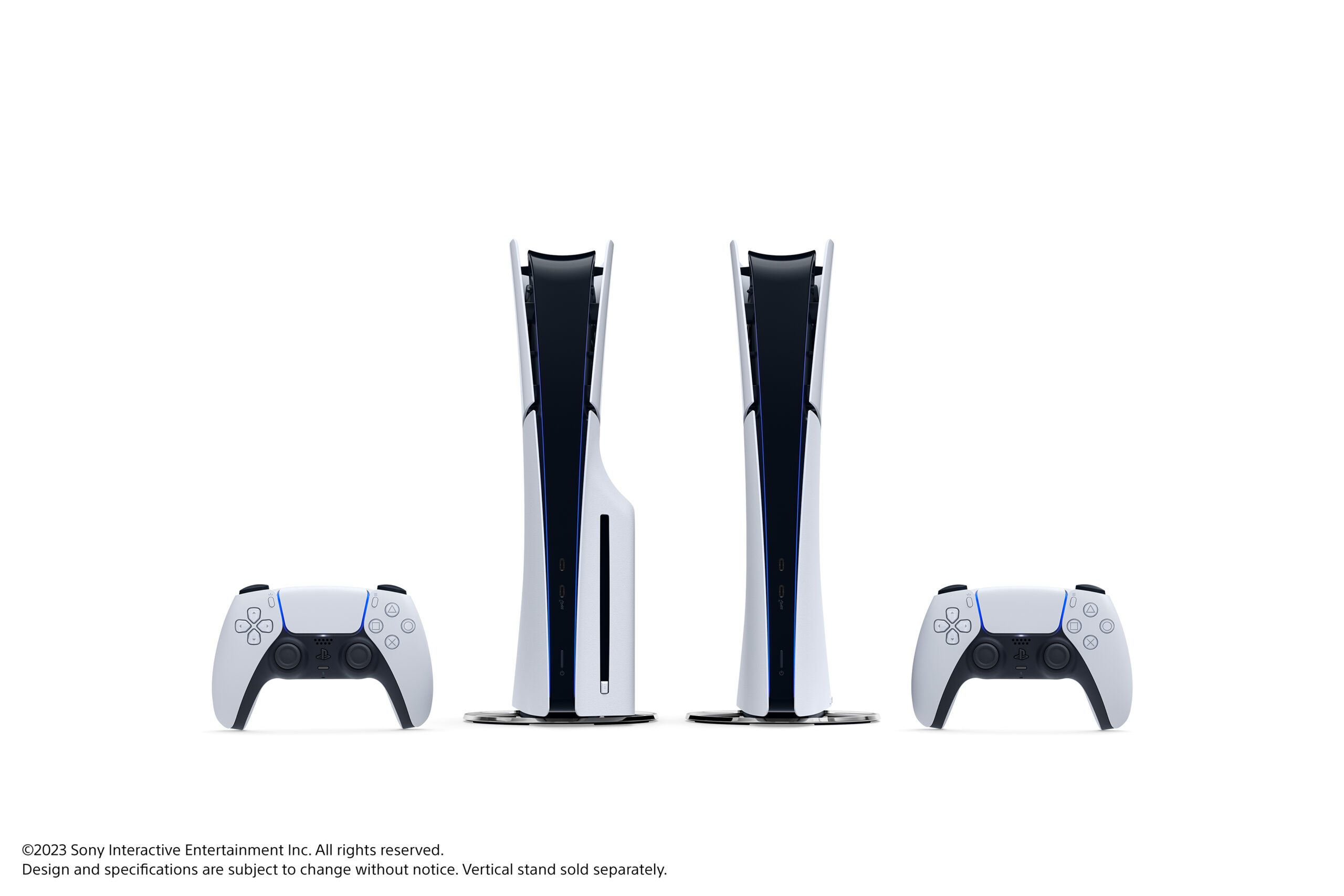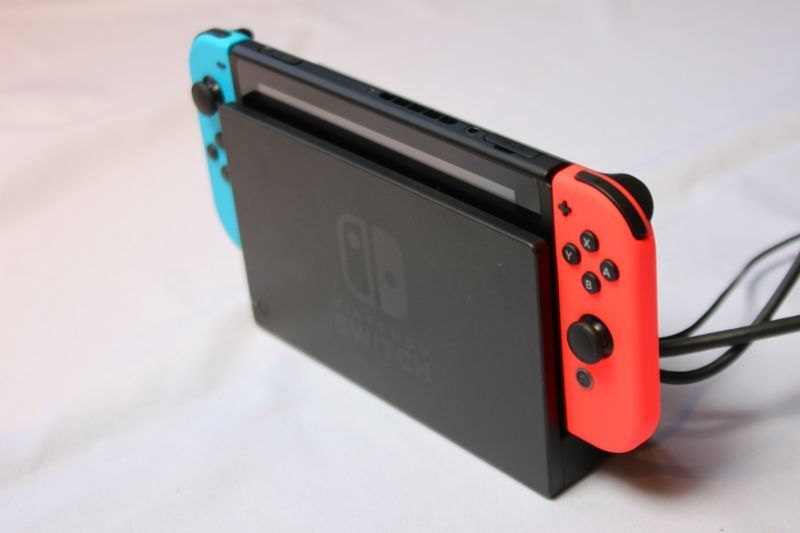RetroGamingUK
Member
So would this handheld basically play all PS5 games and PS5 games only?
So would this handheld basically play all PS5 games and PS5 games only?
Since its going to launch very close with the PS6 it will be curious to see if PS6 has any exclusive games and what this handheld will do with those gamesSo would this handheld basically play all PS5 games and PS5 games only?
Since its going to launch very close with the PS6 it will be curious to see if PS6 has any exclusive games and what this handheld will do with those games
And have no idea either, I am not implying anything as I will be curious as well
The biggest issue with the Series S is the forced parityI just don't like the idea of it being able to play PS6 games
1. It'll create a Series S situation
2. Compatibility and branding needs to be simple, call it "PS5 Portable"
3. PS5 will get cross-gen games 4 years after PS6 comes out
4. PS5 will get indies for years after that
The biggest issue with the Series S is the forced parity
I just don't like the idea of it being able to play PS6 games
1. It'll create a Series S situation
2. Compatibility and branding needs to be simple, call it "PS5 Portable"
3. PS5 will get cross-gen games 4 years after PS6 comes out
4. PS5 will get indies for years after that
Personally, I think it would be smarter for Sony to release the PlayStation Portable 2 (PSP2) as a standalone device like the original PSP was
DOA
It's not the mid 00s anymore where games take a couple of years to make and Sony can support both PSP and PS3
No one would develop for it if it didn't have that.The biggest issue with the Series S is the forced parity
Sales dictate everything.No one would develop for it if it didn't have that.
He proved over time that he was a reliable leaker. He's doing colabs with Wendel from Level1Tech and the guys from Hardware Unboxed, If he was a fraud they would not endorse him.MLID as 'source', fuck that
He has been getting some stuff right as of lateHe proved over time that he was a reliable leaker. He's doing colabs with Wendel from Level1Tech and the guys from Hardware Unboxed, If he was a fraud they would not endorse him.

 blog.playstation.com
blog.playstation.com
With this update, you may notice a new option in your settings menu called Power Saver. While this feature won't be available during the beta phase, once it officially launches, supported PS5 games will scale back performance**** and will allow your PS5 to reduce its power consumption when the feature is enabled optionally by gamers. If not enabled, or if games do not support the feature, the performance will not be scaled back and power consumption will not be reduced.
We'll share more details on this new option as we get closer to launch, including supported PS5 games and estimated impact, so stay tuned!
I've been listening to the guys for more than 3 years and tracking his leaks and he's mostly spot on. I cannot relate to a period where he "fake it" but I can say there's a hate toward the guy from people who never even bother listening to him only inspired by other behaviors.He has been getting some stuff right as of late
The very definition of "Fake it until you make it" I guess
He proved over time that he was a reliable leaker. He's doing colabs with Wendel from Level1Tech and the guys from Hardware Unboxed, If he was a fraud they would not endorse him.
This sounds terrible. Nobody wants to spend $400-$500 or more on a handheld and say they can only play select new games that come out.These are my thoughts on what a Playstation handheld looks like in 2027-2028
So the Playstation Portal 2 would still be the ulitimate companion device for the PS6 and be a proper handheld on its own.
- Will be called the Playstation Portal 2 or PSP2 for short
- Compatible with all PS4, 5, and 6 games when teathered to the PS6 (games running on the PS6).
- Select PS6, and most PS4 and 5 games will be playable un-teathered to the PS6 (games running on the PSP2).
- Only games that are fully compatible can purchased in the PSP2s version of the PS Store.
- Multiple PSP2's can connect to a single PS6 for local multiplayer or for family game sharing.

New PS5 system update adds DualSense wireless controller pairing across multiple devices
Update rolls out globally starting tomorrow.blog.playstation.com


Source? I feel like the Switch Lite in itself disproves this, it's a fairly popular version of the device.This sounds terrible. Nobody wants to spend $400-$500 or more on a handheld and say they can only play select new games that come out.
I feel like the entire industry has lost the plot on this handheld stuff. It's not that popular. Even Switch, by far the most popular device, was used as a docked regular console at least 50% of the time if not more.
Source? I feel like the Switch Lite in itself disproves this, it's a fairly popular version of the device.
But the main reason handheld stuff has dramatically changed is because the audience is no longer the same as it was in the GB/PSP/DS days. Phones and tablets have largely eaten up that market, which is sad, but handhelds now have to really try and differentiate themselves from phones and focus less on bite-sized entertainment and more on full-fledged console-ish games. I agree though that a handheld PS sounds awful just being a PS5/PS6 lite, it should be handled more like it's own exclusive device with exclusive games, but that era of adventurous handheld endeavors is over, only Nintendo can pull it off because they basically combined a console and a handheld in one.

So would this handheld basically play all PS5 games and PS5 games only?
Yeah they will, if the PS6 is $700 or more. And the Japanese market isn't buying non-handheld systems anymore, so if they want to compete there, they have to have a handheld.This sounds terrible. Nobody wants to spend $400-$500 or more on a handheld and say they can only play select new games that come out.
I feel like the entire industry has lost the plot on this handheld stuff. It's not that popular. Even Switch, by far the most popular device, was used as a docked regular console at least 50% of the time if not more.
It should play basically every game.This sounds terrible. Nobody wants to spend $400-$500 or more on a handheld and say they can only play select new games that come out.
I feel like the entire industry has lost the plot on this handheld stuff. It's not that popular. Even Switch, by far the most popular device, was used as a docked regular console at least 50% of the time if not more.
Next gen will be "gimped" by the need to launch on crossgen regardless of what shenenigans Sony may do with their platforms.This will be a disaster on the level of PSVR2 and it will gimp Sony exclusives for a generation just like the XSS.
The portal is great. This is a terrible idea. It's also an antiquated one. In a time of hybrids Sony is making a dedicated handheld that is in direct competition with their home console if it docks, or a sub par product out of the box if it does not.
There is no silver lining here.
This is not good. This is a dumb move from Sony when they need smart moves. This is a pipeline destroyer when their pipeline has already been destroyed for years. The problems are not that it won't sell. The problems are that it will.
The problems are not that it won't sell. The problems are that it will.

Word. The sooner people realise this, the better.Next gen will be "gimped" by the need to launch on crossgen regardless of what shenenigans Sony may do with their platforms.
